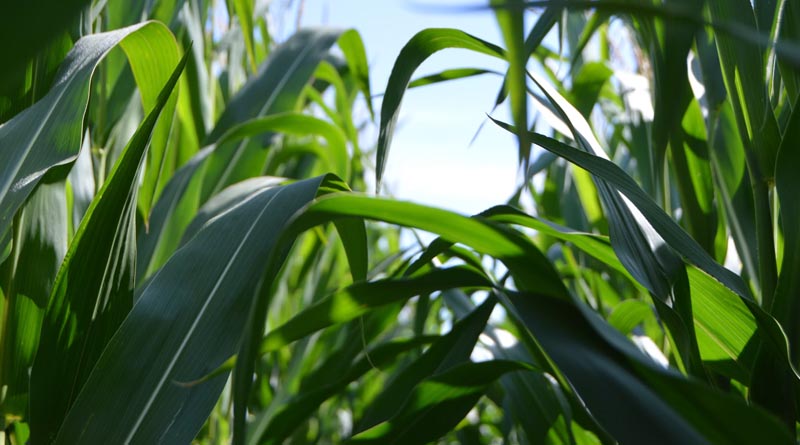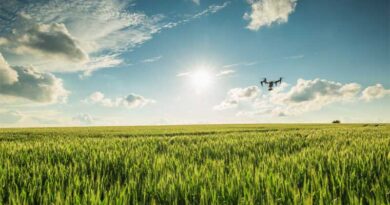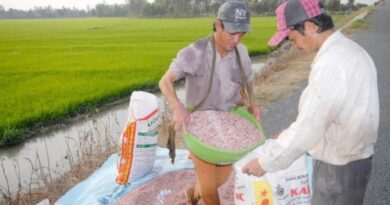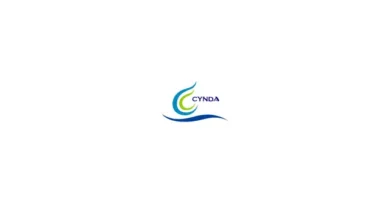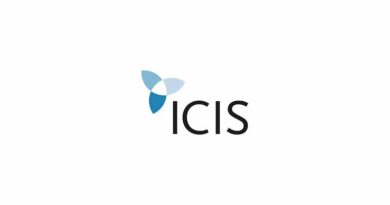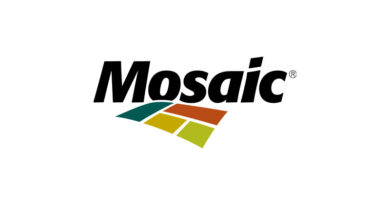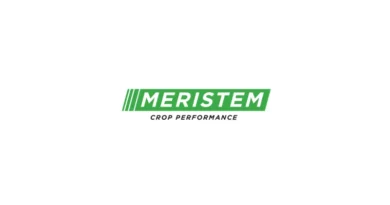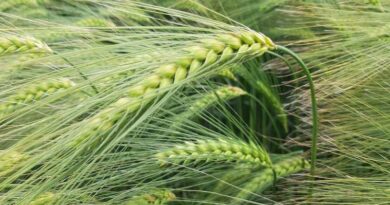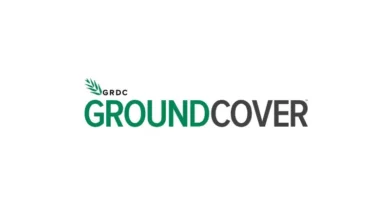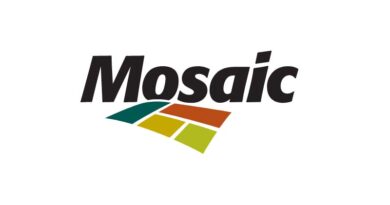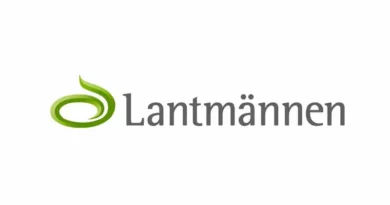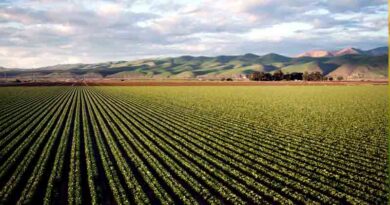Europe’s fertilizer demand struggling amid high gas costs, cheaper imports
By Deepika Thapliyal, Sylvia Tranganida and Aura Sabadus, ICIS
18 October 2023, EU: Thin consumption, rising gas prices and cheaper Russian imports of urea and ammonia are keeping a lid on European fertilizer production, prompting fears of permanent plant closures.
Unconfirmed data suggest that operating rates for European facilities may soon touch around 80%, a ten percentage point increase on rates reported earlier this summer, with units at Poland’s Grupa Azoty or Romania’s Azomures planning to restart in October.
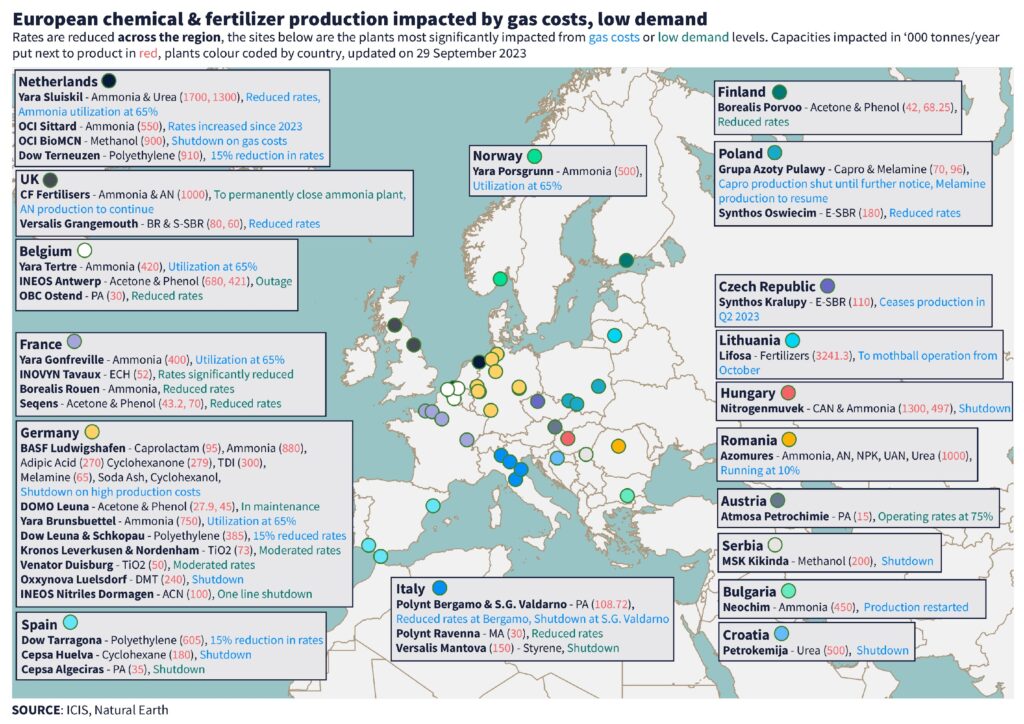
Nevertheless, the gas-intensive industry which was severely affected by the record energy costs after Russia cut gas supplies to Europe last year continues to face headwinds.
This is reflected in lower aggregated gas demand in the higher-consuming north-west European countries, which continues to be over 20% lower than the five-year average tracked by ICIS.
GAS PRICES
Gas prices, although dropping nearly tenfold since the record highs seen at the end of August 2022, remain above the long-term average and have been lifted by extensive unplanned outages at upstream facilities in Norway, which restricted daily supplies by almost a third in the latter part of summer.

Sluggish industrial demand and ample stocks are likely to pressure gas prices although much of this will depend on the weather this winter.

Bullish and volatile gas prices combined with maintenance at fertilizer production facilities globally have been squeezing margins.
In some cases, producers have been able to reflect the higher feedstock costs by lifting sale prices.
For example, the October ammonia price agreed between Norway’s Yara and US producer Mosaic was set at $575/tonne CFR (cost & freight), $185/tonne higher than the September price at $390/tonne.
An ammonia trader told ICIS this price was above natural gas prices in Europe, effectively allowing the seller to eke out a margin.

Ammonia plants do not pay spot price, as they have formulas reflecting averages, which means that European industrials must still have their gas cost in the 30-40 per MWh.
With no signs of further declines in gas prices, the longer-term impact on profitability in the fertilizer sector is another concern.
There have been no permanent plant closures in Europe since German-based BASF’s announcement in February plans to shut its caprolactam and ammonia plant at Ludwigshafen by the end of 2026 due to high production costs, but the threat is real for several producers.
RUSSIAN IMPORTS
Reviving production is also hampered by the influx of cheap Russian products, which may cost seven times less to produce than in Europe.
Although the EU had sanctioned some individuals associated with the Russian fertiliser sector following Russia’s all-out invasion of Ukraine, products such as urea are accepted, and imports continue to be ample. Products from major producers are no longer sanctioned in France and also moving to other countries.
On the demand side, the picture is equally challenging.

POOR DEMAND
Demand for most nitrogen products, for example, is still lacking despite the unexpected tightening of exports from China supporting global urea and phosphate prices.
Speaking to ICIS, Adam Joslin, customer success manager at ICIS’ sister organisation ProAgrica, said the slump in consumption may be related to macroeconomic factors such as a weak Sterling in the UK, seasonality as well as inflationary pressures and higher costs, which are making farmers more cautious in their applications of fertiliser products.
Another factor may be linked to a well-supplied grain market, as Russia may still be selling products from last year’s bumper crops.
“I think the state of the economy has the potential to affect demand – rising inflation globally, together with rising interest rates, is perhaps leading the market to expect recessional behaviour and demand not being as strong,” he said.
However, he pointed out that wheat prices may be low compared to recent years but still above peaks in 2013/2014.
“Actually, you can see a pattern of spike in wheat prices in 2013/14, and what has happened in 2021/2022 seems to have mirrored this (and the fall off/decline in the following year. [We] do seem to be seeing a little of history repeating itself,” he added.
Also Read: International Tractors Limited (ITL) launched 5 new tractor series under the brand Solis
(For Latest Agriculture News & Updates, follow Krishak Jagat on Google News)

